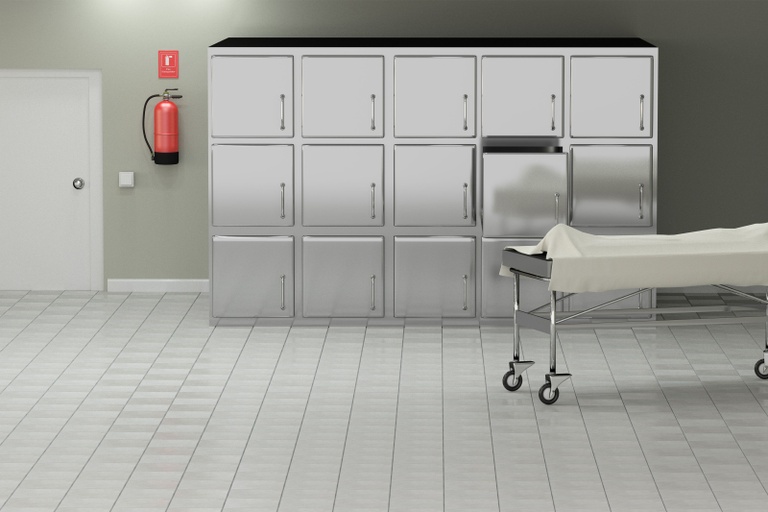What is a ‘Declaration of Life Extinct form’?

Before we get into the crux of the matter, it’s important to note that depending on the Australian state or territory you live in, the name of this form will differ. See a general guide below:
- In Victoria and New South Wales, it is known as a Verification of Death form.
- In the Australian Capital Territory, it is referred to as a Life Extinct Certificate.
- In the Northern Territory, it is called a Life Extinct form.
- In Queensland, South Australia, Western Australia and Tasmania, it is known as a Declaration of Life Extinct form.
What is a Life Extinct form or a Verification of Death form?
In instances when a medical practitioner is not present to complete a death certificate (or a Medical Cause of Death Form, also known as a MCCD), a Life Extinct form must be completed by other ‘responsible persons’ instead. More on that below.
This form acts in place of a death certificate, serving as an official record of the person’s death. Eventually, this form may be required to grant an official death certificate, which is important, as the death certificate is needed for transferring or cancelling services, administering a Will or applying for Letters of Administration in the future.
Who can fill out a Verification of Death form?
‘Responsible persons’ are the only people who can legally complete a Verification of Death form. These people include healthcare clinicians, registered nurses, paramedics, ambulance officers, and/or police officers.
What else is the form used for?
Medical staff, funeral directors, and funeral homes can use these forms to certify the death, transport the deceased and more. (However, in Victoria, there is no legal requirement for the funeral industry to obtain written verification that a death has occurred before moving the deceased body to another location.)
It serves as a record of the death with details surrounding the time, place and cause, so a death certificate can be written up later on.
What is included in the Verification of Death form?
- Personal details such as the full name, address and date of birth of the deased.
- The general category of death. For example, in healthcare, unknown causes, suspicious death, etc.
- If the responsible person has checked breathing, pulse, heart and for other signs of life.
- The responsible person’s certification. For example, if they are a registered nurse, a paramedic, etc.
Wrap up
Life Extinct forms, Verification of Death forms, Declaration of Life Extinct forms. No matter what they are called where you live, they are a vital part of the death care process. ‘Responsible persons’ are trained to complete these forms, however, if you are the next of kin and you are concerned about any errors, you can double-check that the responsible person has the correct details. The responsible person will then explain what comes next, including details regarding the death certificate.
If you are experiencing the loss of a loved one and need help arranging a cremation or funeral, the team at Willed are here to support you. Please call our 24 hour hotline on 1300 945 533.
